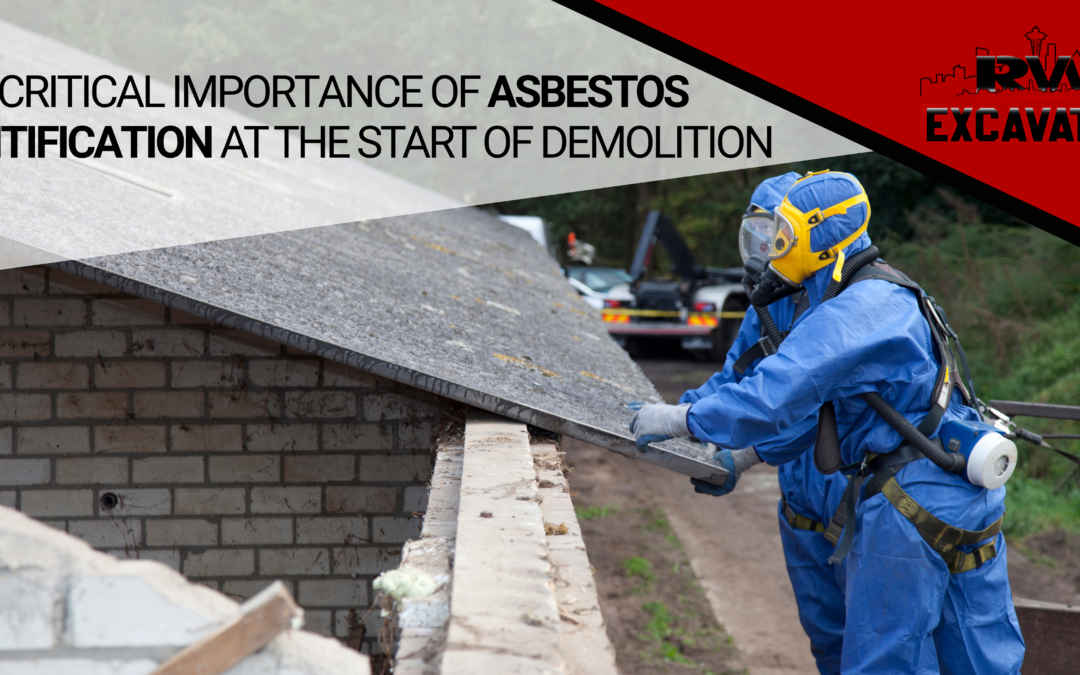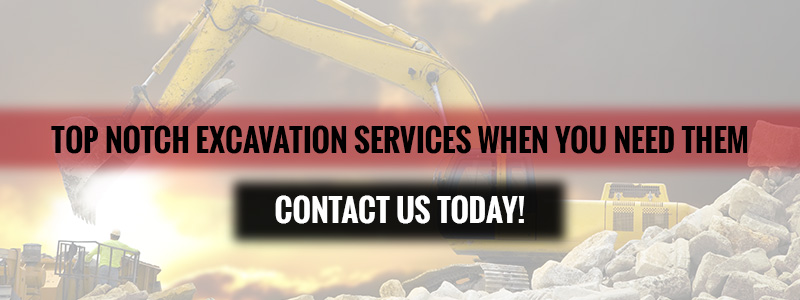Asbestos, a naturally occurring fibrous mineral, was once hailed as a “miracle material” due to its heat resistance, strength, and insulating properties. It found widespread application in the construction industry throughout the 20th century. However, the “miracle” soon faded as it became evident that asbestos posed serious health risks. Today, it’s critical to identify asbestos at the start of any demolition process to safeguard public health and comply with environmental regulations.
Understanding Asbestos
Asbestos is a group of six naturally occurring silicate minerals. All these minerals have in common their asbestiform habit: long (roughly 1:20 aspect ratio), thin, fibrous crystals. Each visible fiber comprises millions of microscopic “fibrils” that can be released by abrasion or other processes. These fibers are not only strong and resistant to heat and chemicals, but they also do not conduct electricity.
Due to these properties, asbestos was widely used in a variety of building construction materials for insulation and as a fire retardant. It was also used in an array of products such as roofing shingles, water supply lines, fire blankets, plastic and cement products, and even car brakes.
The Dangers of Asbestos
The versatility of asbestos may make it sound like a wonder material, but it carries a deadly downside. When materials containing asbestos are disturbed during processes like demolition or renovation, microscopic fibers are released into the air. Once inhaled, these fibers can get trapped in the lungs and remain there for a long time. Over the years, these fibers can accumulate and cause scarring and inflammation, leading to serious health problems.
Asbestos exposure can cause diseases such as asbestosis (a chronic lung disease that can cause respiratory impairment), lung cancer, and mesothelioma (a rare form of cancer that affects the lining of the lungs, chest cavity, or abdomen). What makes asbestos particularly dangerous is its latency period – symptoms can take anywhere between 20 to 50 years to develop after exposure.
Identifying Asbestos at the Start of Demolition
Asbestos management begins with its identification. Since asbestos was widely used in buildings and construction materials until the late 20th century, any building constructed before the 1980s could potentially contain asbestos. Therefore, before any demolition project, it is critical to perform an asbestos survey.
The asbestos survey is a thorough examination of the building conducted by accredited professionals. They collect samples of suspected materials and send them to a laboratory for analysis. The survey results provide detailed information about the location, amount, and condition of asbestos-containing materials (ACMs).
Why is this early identification so critical? Primarily, it’s about safety and regulatory compliance.
Safety: The safety of workers and the public is paramount. Identifying and appropriately managing asbestos before demolition can prevent the release of dangerous asbestos fibers into the air, thereby protecting people from harmful exposure.
Regulatory Compliance: It is legally required to perform an asbestos survey before starting any demolition work on buildings of a certain age. Failing to comply with these regulations can result in severe penalties.
Managing Asbestos
If asbestos is found during the survey, it doesn’t automatically mean that the demolition process cannot proceed. Instead, it means that additional precautions are necessary. There are two primary ways to manage asbestos – encapsulation and removal.
Encapsulation involves treating the ACMs with a sealant that either binds the asbestos fibers together or coats the material so fibers can’t be released. This is often the chosen method when the asbestos is in good condition and unlikely to be disturbed.
Removal, on the other hand, should be considered if the ACMs are in poor condition (damaged, deteriorating, or disturbed), or if they are likely to be disturbed during the demolition process. Asbestos removal must be carried out by trained and accredited professionals who follow strict safety procedures to minimize and control the release of asbestos fibers.
During the removal process, the area is usually sealed off to prevent fibers from escaping and contaminating other areas. Workers wear protective clothing and respirators to protect themselves from exposure. The removed asbestos is disposed of according to hazardous waste regulations.
Asbestos and Demolition: A Critical Intersection
Demolition is a process that inherently involves disturbing the materials of a building. If a building contains asbestos, the demolition process can release asbestos fibers into the air, posing a significant risk to demolition workers and the public. By identifying asbestos at the beginning of the demolition process, the necessary precautions can be taken to manage this risk.
Here at RW Excavation and Demolition, LLC, we take our responsibility toward safety and environmental health very seriously. Asbestos is a silent hazard, but with our robust safety practices, including conducting comprehensive asbestos surveys before any demolition process, we aim to keep this hazard in check.
In Conclusion
Understanding the dangers of asbestos and the importance of identifying it at the start of the demolition process is critical for everyone involved in the industry – from demolition companies to workers, regulators, and the public. It’s not just about regulatory compliance; it’s about protecting human health and the environment.
If you’re planning a demolition project, don’t overlook the potential presence of asbestos. It’s better to take the time to conduct a thorough survey and take necessary precautions than to risk the long-term health consequences of asbestos exposure. Remember, when it comes to asbestos, safety always comes first.



